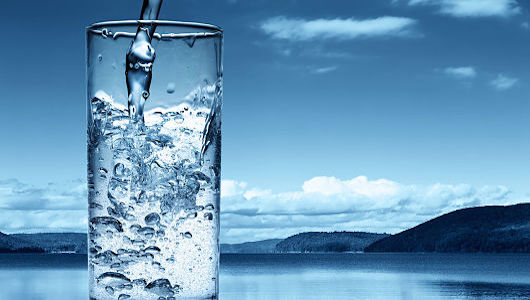How to Make Water Drinkable

One of the biggest issues in many developing nations with regards to poverty is the lack of necessary resources. One such resource that many impoverished people lack is safe and sustainable drinking water.
Though most countries seem to have plenty of water sources, many of these are not safe for people. This means they are not safe not only to drink but to bathe in, as many people do in poor and underdeveloped nations.
The World Health Organization (WHO) has done studies that have shown that only approximately 59 percent of the world’s population has access to safe drinking water. WHO also has stated that it is proven that having adequate and sustainable water resources has prevented the outbreak and spread of disease. This means that the other 41 percent of the global population without safe drinking water are not only without a resource necessary for the sustenance of life, but are also at risk for the outbreak and spread of dangerous diseases.
For example, unsafe and contaminated water sources are responsible for the increasingly rampant spread of dangerous diseases in Africa, especially amongst young children and the elderly. Although just over half of the world has access to safe drinking water, only about 16 percent of the population in sub-Saharan Africa has access to such a resource.
This issue revolves around a number of flaws in the maintenance of water filtration systems in poorer countries in Africa. It is also attributed to a lack of education for the people in what they should consider safe drinking water, the potential risks of drinking from unsafe sources and how to get access to safer water.
How to make water drinkable:
Despite the flaws in the system, there are a number of actions being taken by NGOs and charity organizations as an effort to end such problems with such an essential resource. For example, The Water Project is a nonprofit organization that works with communities in sub-Saharan Africa to create sustainable and safe water filtration systems. This includes not only building infrastructure that would physically yield more drinking water, but also educating the people of the region in safer habits and smarter financial practices that would make these efforts have a more long-term impact.
It is through organizations and programs such as these and smarter maintenance of innovative systems by the states themselves in underdeveloped and developing nations that will make sustainable water resources something that 100 percent of the world’s population will soon have access to.
– Alexandrea Jacinto
Sources: The Water Project, World Health Organization
Photo: IKKUMA
